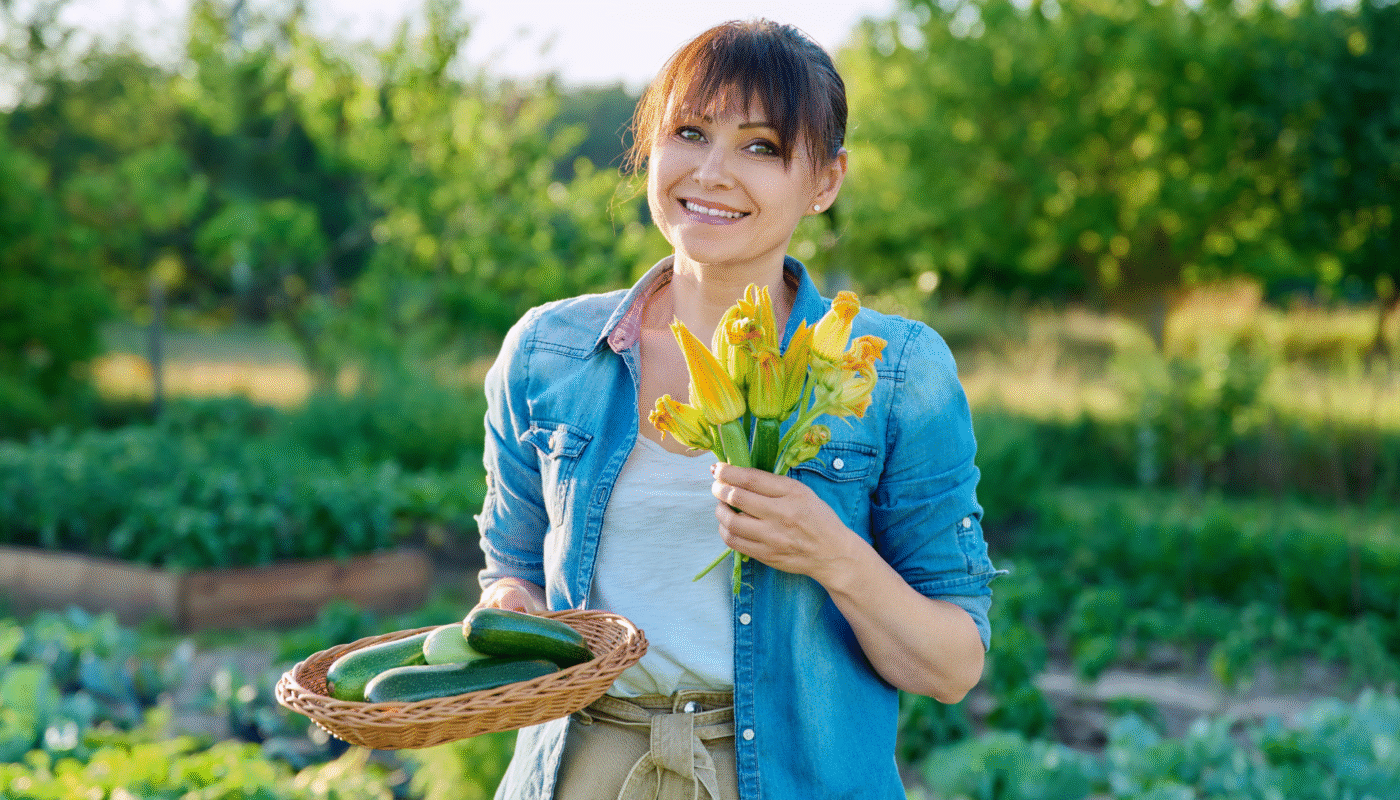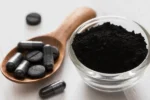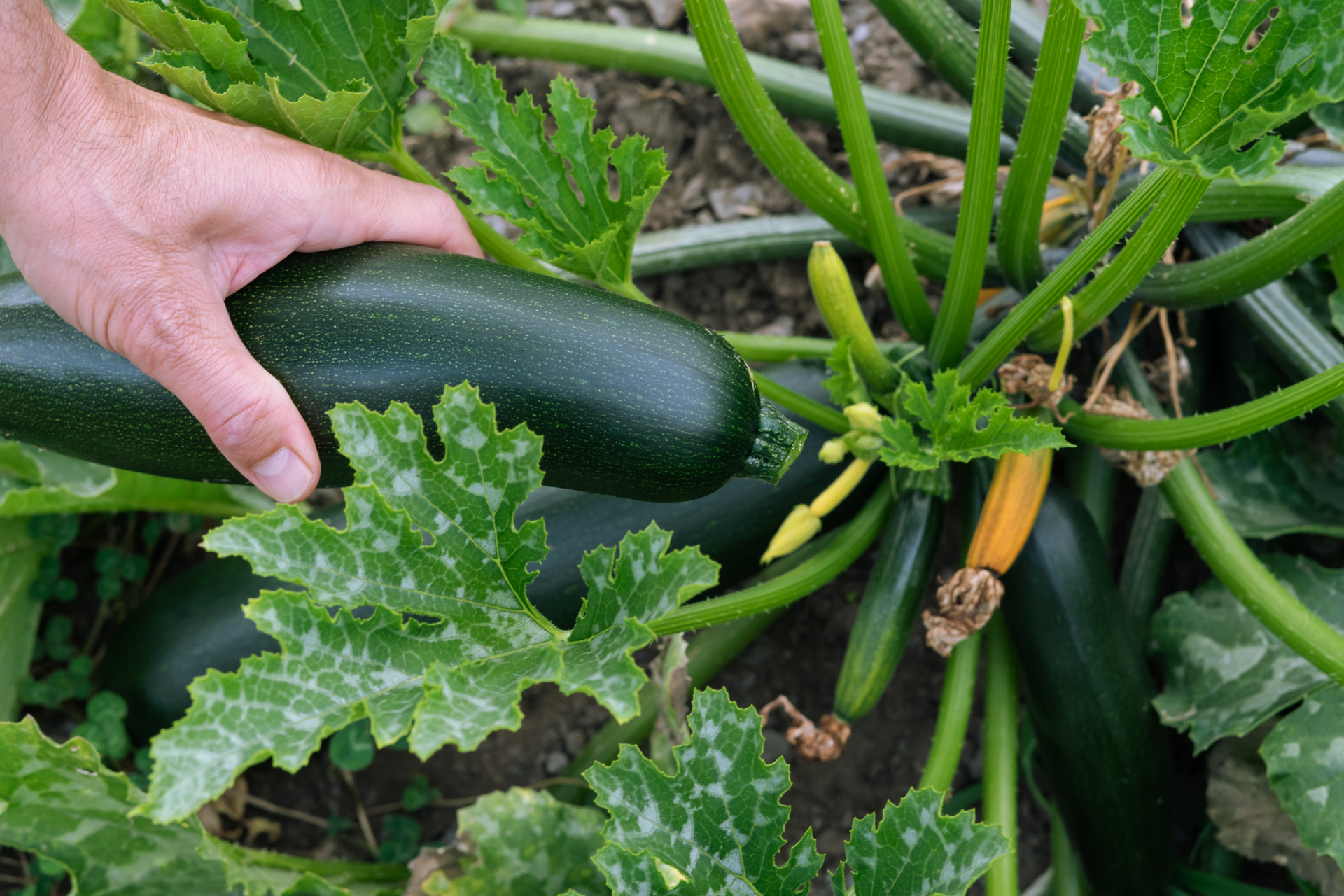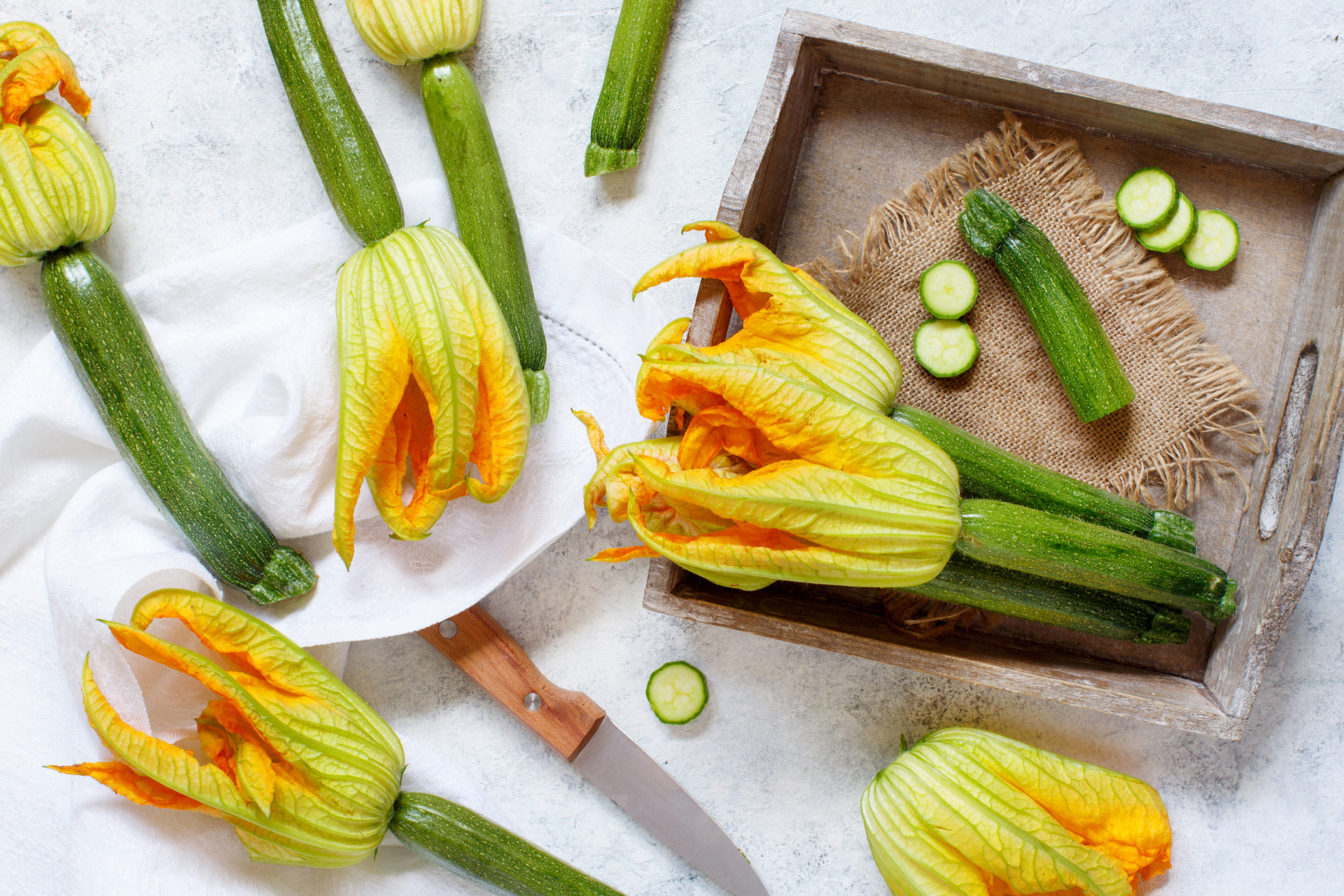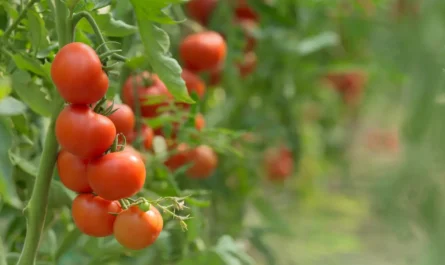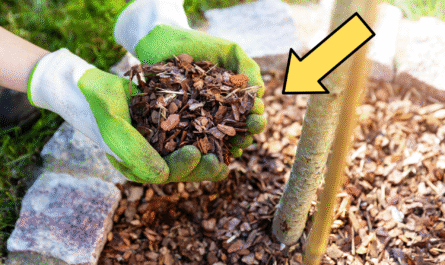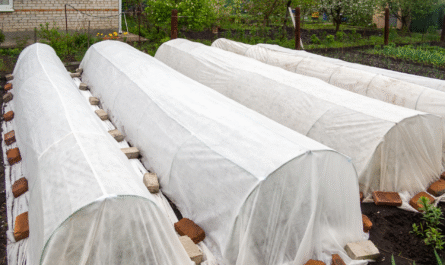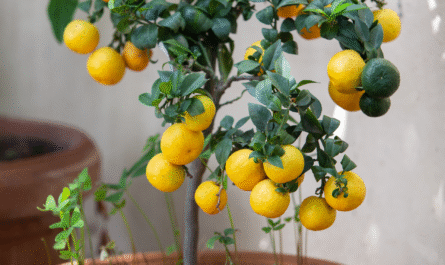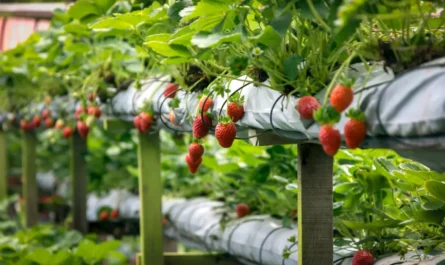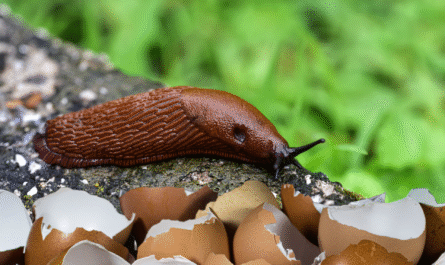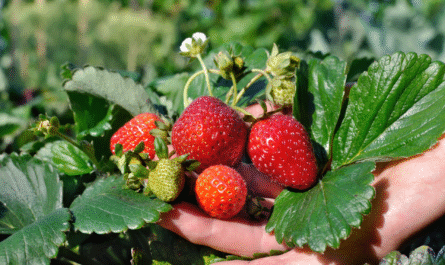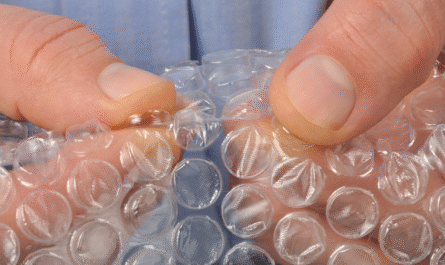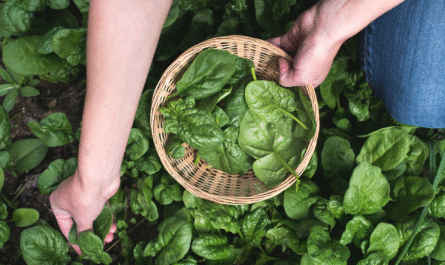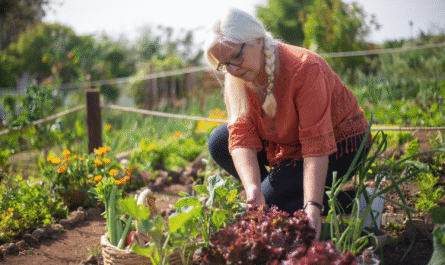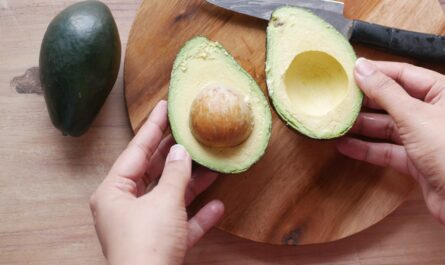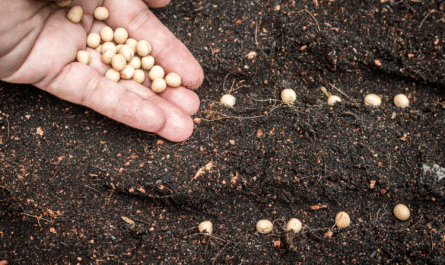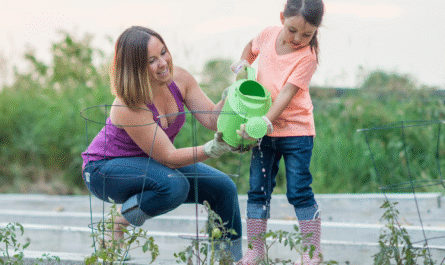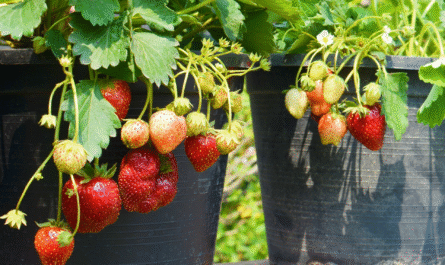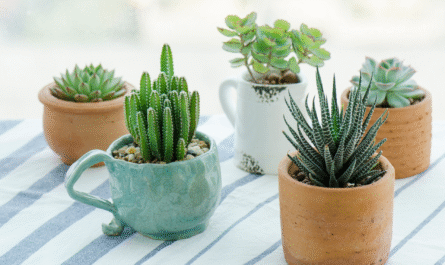When it comes to prolific garden crops, zucchini ranks among the best. It’s such an overachiever that a special day, August 8th, National Sneak Zucchini Onto Your Neighbor’s Porch Day, was created to acknowledge just how much zucchini one plant can produce humorously.
However, even though zucchini is relatively easy to grow, mastering the correct way to harvest both the fruit and the flowers makes all the difference in flavor, texture, and yield. I’ve grown zucchini for years, and trust me, harvesting correctly ensures you enjoy the best this plant has to offer while keeping the plant healthy and productive.
In this post, I’ll walk you through everything you need to know about harvesting zucchini and their blossoms the right way. We’ll talk about identifying male and female flowers, best practices for harvesting, how to store them for freshness, and pro tips many gardeners overlook. Let’s dive in.
Identifying Male vs. Female Zucchini Flowers
One of the first things I learned as a zucchini grower is that not all flowers are created equal. Zucchini, being monoecious, produces both male and female flowers on the same plant. Understanding which is which is crucial, especially if you want to enjoy the blossoms in your meals without sacrificing your harvest.
Male flowers are the first to appear, often a week or two before the females. Their stems are long, thin, and somewhat hairy. Inside the flower, you’ll find a single, central stamen covered with pollen. These flowers don’t bear fruit; instead, they serve as pollen donors. Female flowers, however, have a miniature zucchini right behind the bloom and a central pistil inside the flower. These are the ones that will develop into fruit after pollination.
Because only the female flowers produce zucchinis, it’s best to harvest mostly the male ones for cooking. I like to leave at least two male flowers for every ten female ones to ensure consistent pollination. If you mistakenly harvest too many female flowers, you may notice your plants producing fewer zucchinis or immature fruits that drop prematurely.
Also Read: How to Correctly Hand Pollinate Your Cucumber and Zucchini Plants for Maximum Yield
Harvesting Zucchini Flowers the Right Way
Zucchini flowers are a gourmet delicacy, mild, sweet, and perfect for stuffing or frying. But to get the most out of them, timing and technique matter. The best time to harvest is early in the morning, just after the dew has dried but before the sun gets too intense. At this time, the flowers are fully open, making them easier to handle and stuff.
Use clean, sterilized scissors or pruning shears to snip the blossoms. Always leave about half an inch of the stem attached to the flower. This not only makes the flower easier to handle in the kitchen but also helps keep it fresh for longer. If you’re planning to store them, lay them gently in a single layer inside a tray or basket. Avoid stacking them; they bruise easily and wilt quickly in the sun.
Once harvested, I recommend preparing the flowers immediately for the best flavor and texture. But if you must store them, keep them in the fridge lined with paper towels for up to 48 hours. Soak them in cool water to remove any insects, pat them dry, remove the stamen or pistil, and you’re good to go. The taste is subtle, so they pair well with ricotta, herbs, or even lightly battered and fried.
When and How to Harvest Zucchini Fruit
Now let’s talk about the stars of the show: the zucchinis themselves. A common mistake I see is letting the fruit grow too big. While a giant zucchini might look impressive, it usually signals that the fruit is overripe, tough, watery, and flavorless. I’ve found the best time to harvest standard zucchini is when they’re 4 to 8 inches long, or about the size of a large hot dog. For round varieties, pick them when they’re the size of a billiard ball.
Always use a clean, sharp knife or pruners to cut the zucchini from the plant. Never yank or twist the fruit, doing so can damage the stem or the plant itself. Leave about an inch of the stem attached to the zucchini. This little detail helps slow moisture loss and extends shelf life. It’s also important to harvest regularly. I check my plants every day during peak season; missing just a day or two can result in monster zucchinis hiding under the leaves.
Remember, frequent harvesting actually encourages the plant to produce more fruit. The more you pick, the more it gives. Neglecting to harvest can cause the plant to think its job is done, and production will slow. So don’t be shy, pick early, pick often.
Best Practices for Handling and Storing Zucchini
After harvesting, handling zucchinis correctly ensures they stay fresh, firm, and full of flavor. The skin of a zucchini is tender and easily bruised, so I always handle mine with care. After harvesting, I give each fruit a quick rinse to remove any dirt or debris, then dry it thoroughly before storing.
For short-term storage, keep your zucchini in the crisper drawer of the refrigerator. Don’t seal them in plastic bags, trapped moisture leads to mold. Instead, loosely wrap them in a paper towel and store them in a perforated bag or container. Under these conditions, they’ll stay fresh for up to 1 to 2 weeks. If you notice any signs of shriveling or soft spots, it’s time to use them immediately.
For long-term storage, freezing is your best option. I like to slice or grate the zucchini first, blanch it in boiling water for 1 to 2 minutes, then plunge it into ice water before drying and storing it in airtight, freezer-safe containers. Properly frozen zucchini lasts for up to 12 months, making it perfect for soups, stews, and baked goods.
How to Store and Preserve Zucchini Flowers
Storing zucchini flowers requires a bit more delicacy. They’re incredibly fragile and start to wilt just hours after being picked. That’s why I always recommend using them the same day if possible. If that’s not an option, place them on a paper towel-lined plate in the fridge. Don’t cover them tightly; air circulation helps prevent mold.
Before using stored blossoms, soak them briefly in water to remove any hidden insects. Then, gently pat them dry. Removing the inner parts, the stamen (in males) or pistil (in females), helps improve flavor and creates more room for stuffing. I usually trim off the stem end right before cooking to maintain structure during storage.
Avoid freezing zucchini flowers unless you’re okay with using them in soups or sauces, as they’ll turn mushy when thawed. If you’re determined to preserve them, consider dehydrating instead. While this changes their texture, it allows you to rehydrate them later for soups or broths.
Additional Tips for Maximizing Zucchini Yield
Beyond harvest and storage, there are a few extra techniques I use to keep my zucchini plants productive all season long. First, don’t let any fruit overripen. An overripe zucchini signals the plant to slow or stop production, thinking its job is complete. Frequent harvesting keeps the plant in “go” mode.
Second, remove spent or damaged leaves regularly. Zucchini plants grow fast, and large leaves can overshadow blossoms or hide fruits, leading to missed harvests. Pruning selectively improves air circulation and light penetration, which also helps prevent powdery mildew.
Lastly, watch for pests and pollination issues. If you notice flowers falling off without setting fruit, you may have poor pollination. In that case, I hand-pollinate by transferring pollen from male to female flowers using a small brush or by gently rubbing the two together. It’s simple but can drastically improve your yields.
Final Thought
Harvesting zucchini and their flowers is both a science and an art. Doing it right doesn’t just give you better-tasting produce; it also supports your plants’ health and longevity. Whether you’re growing for the kitchen, the market, or your own porch-bombing zucchini tradition, a little care at harvest goes a long way. Remember: smaller is better, handle with care, and don’t waste those gorgeous flowers. Your garden and your taste buds will thank you.
FAQs
Overgrown zucchini become tough, bland, and seedy. They also signal the plant to slow down or stop producing more fruit. Regular harvesting encourages continued production. For standard varieties, pick them when they’re 4 to 8 inches long. For round types, pick them when they’re about the size of a billiard ball. The skin should be glossy and firm to the touch. This is often due to poor pollination. If bees aren’t doing the job, try hand-pollinating using a small paintbrush or by transferring pollen directly from male to female flowers. Technically, yes, but they become very soft and mushy when thawed. If you need to preserve them, try dehydrating instead, or better yet—enjoy them fresh within a day or two of harvest. What happens if I leave zucchini on the plant too long?
How can I tell when a zucchini is ripe for harvest?
Why are my zucchini flowers falling off without producing fruit?
Can I freeze zucchini flowers for later use?

